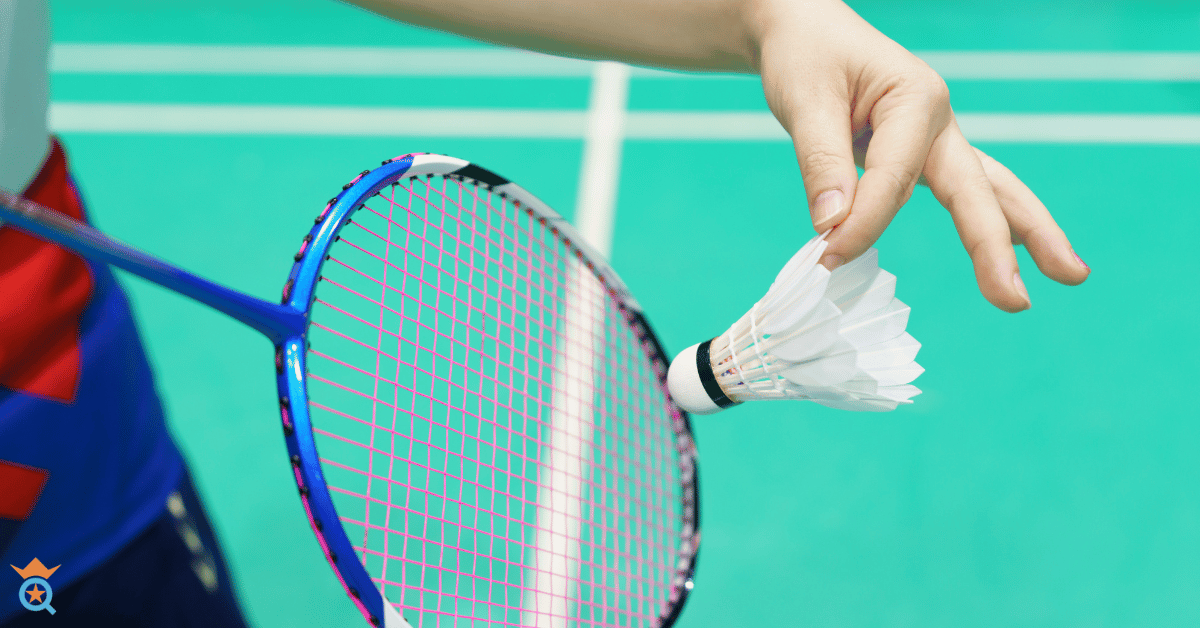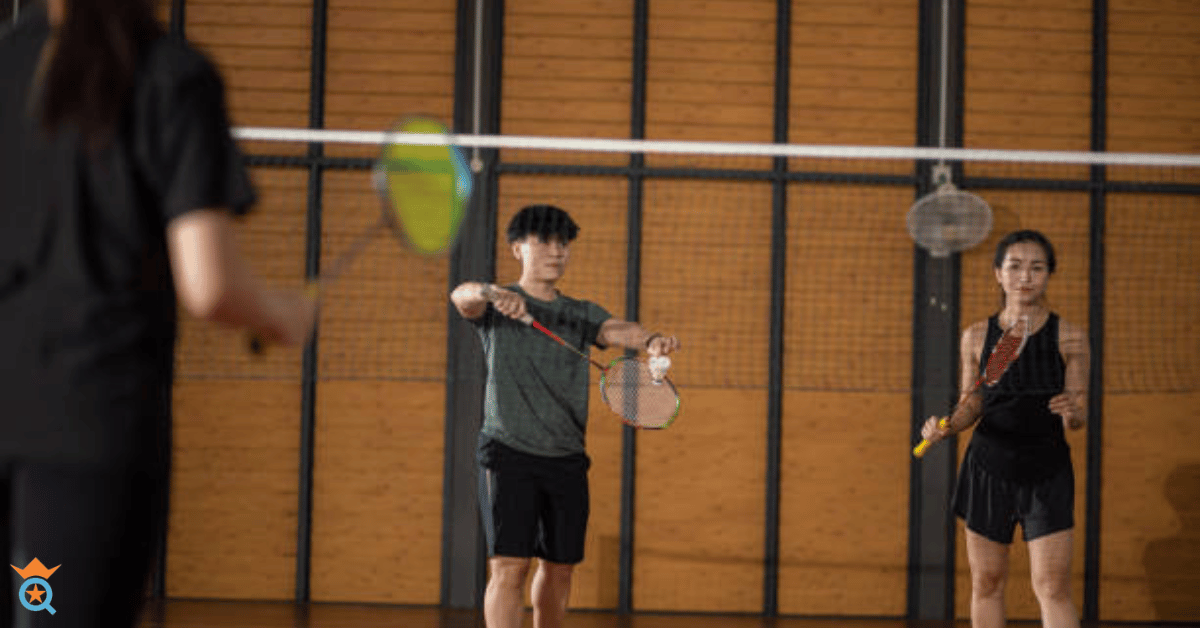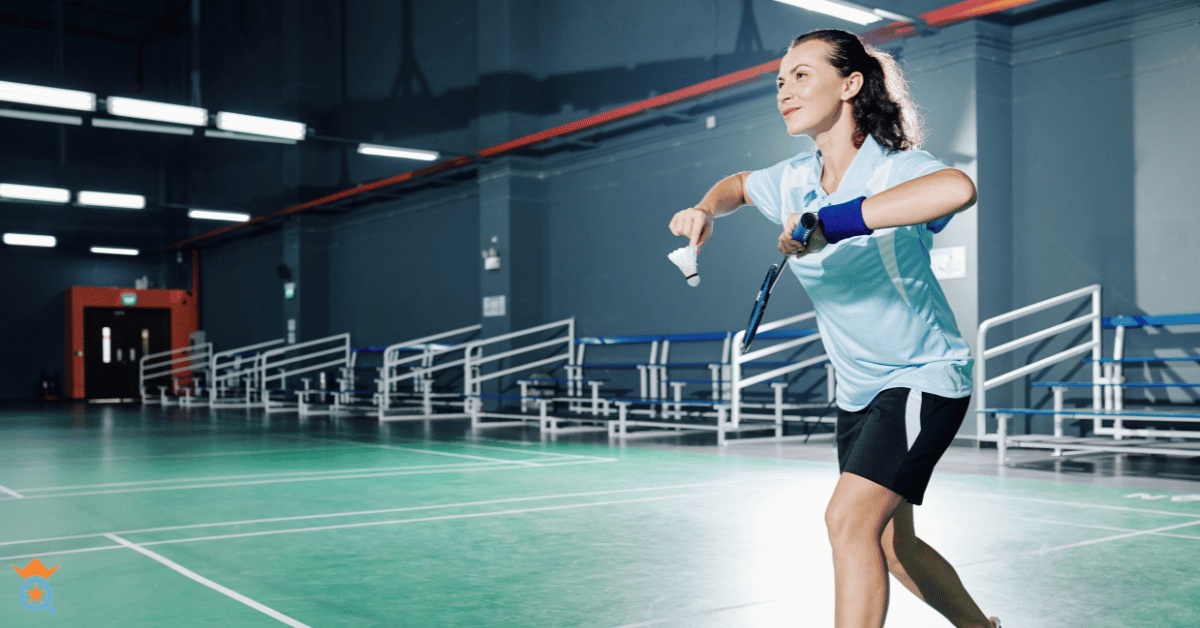A precise understanding of the badminton serving rules can drastically change the trajectory of a badminton match. Service rules are paramount whether you're engaging in singles or doubles games on the badminton court. Here's an in-depth look at these rules and what they mean for both the server and the receiver.

Badminton serving rules, as mandated by the Badminton World Federation (BWF), includes five essential elements:
Rule 1: Maintain Steady Feet
While delivering a serve in badminton, it's important that both the server's feet maintain contact with the ground at the point of shuttle impact. This rule also applies to the receiver, whose feet must remain on the ground until the shuttle is struck. Any movement or lifting of either foot before the shuttle has been hit may result in a service fault.

Rule 2: Respect Court Boundaries
While serving, you're free to stand at any point within your respective service court. However, it's crucial that your feet do not touch any of the court lines or extend beyond the boundary line of the court. Respecting service boundaries is a vital part of maintaining fair play.

Rule 3: Strike the Shuttle Correctly
One of the key badminton service rules dictates that when serving, the cork base of the shuttle should be struck first, not the feathers. This rule was introduced to prevent players from gaining an unfair advantage by creating excessive spin, and it also helps prolong the durability of the shuttle.

Rule 4: Adhere to the Serving Height Rule
In March 2018, the Badminton World Federation (BWF) introduced a new serving rule: the shuttle must be hit below 1.15 meters from the court surface during the serve. A service judge can verify this rule using a special plastic device. However, in most domestic tournaments or clubs, the old rule is still in effect: the shuttle should be hit below the server's waist, and the server's racket head and shaft must be pointing downward.

Rule 5: Continuous Forward Motion is Essential
While serving, a continuous forward motion must be maintained by the server. Halting at the backswing or swinging forwards and backward multiple times before hitting the shuttle are considered service faults under badminton rules.

Timing Considerations in Serving
Although the BWF hasn't enforced a strict time limit for delivering a serve, their guidelines discourage "undue delay" once the server and receiver are ready. The pace of the serve could become a critical focus in the future, similar to how it is in sports like tennis.
Understanding and consistently applying these basic service rules can significantly improve your game and reduce potential disputes during a badminton match. The serving rules play a crucial role, particularly in doubles, so it's important that all players are familiar with them.
Whether you're the initial server or the receiver, playing on the right-hand service court or the left service court, in the singles service box or the doubles service court, remember to follow these serving rules.
This will ensure a fair and competitive match, particularly during the rotation of service court stops in the third game, where only the receiver in the correct service court is allowed to hit the shuttle.
Embrace these badminton serving rules and let your true skill shine through the next time you step on the court!
Frequently Asked Questions about Badminton Serving Rules
What are badminton service rules?
Badminton service rules are guidelines outlined by the Badminton World Federation that dictate how a server should deliver a serve. Key aspects include the position of the feet, the height at which the shuttle is struck, and the continuous motion of the server's racket.
What would be an illegal serve in badminton?
An illegal serve in badminton could be when the server's feet are not stationary, the shuttle is hit above the allowed height (1.15m), the shuttle cork is not hit first, or the server's racket does not maintain a continuous forward motion.
What are the rules for serving in badminton doubles?
In doubles, the server starts from the right-hand service court when their side has an even score and from the left-hand service court with an odd score. The server serves the diagonal service court. Service order is alternated with each point scored.
What are the five laws for the server executing the serve in badminton?
The server must: maintain both feet on the ground when striking the shuttle; ensure feet are not touching any of the court lines; hit the cork of the shuttle first, not the feathers; strike the shuttle below 1.15m from the court surface; and deliver the serve in a continuous forward motion.
Is there a serve height limit in badminton?
Yes, according to the new rules from BWF, the shuttle must be hit below 1.15 meters from the court surface during a serve.
Can you serve above the waist in badminton?
No, according to the previous rules, the server's racket must strike the shuttle below the server's waist.
How low can you serve in badminton?
The shuttlecock must be hit below 1.15m from the court surface during a serve. There's no defined minimum serving height in badminton.
Does badminton serve need to be below the waist?
Under the previous rules, the shuttle had to be hit below the server's waist. However, the new rule stipulates that the shuttle must be struck below 1.15m from the court surface.
What are the rules for serving in doubles badminton?
In doubles badminton, the server begins from the right service court and serves diagonally to the opponent's service court. When a point is scored, the server moves to the alternate service court. If the serving side loses a rally, the serve shifts to the opponent.
How does the service order work in doubles badminton?
In doubles badminton, once the service is lost, the opponents get to serve. The player who did not serve in the previous game will serve first. The server continues to serve as long as they score points.
What are illegal serves in badminton?
Illegal serves in badminton could include the server's feet not touching the ground or touching any court lines, the shuttle being hit above 1.15 meters, or the server's racket not maintaining a continuous forward motion.
Do you serve cross-court in badminton doubles?
Yes, in doubles badminton, the server must serve diagonally to the receiver in the opposite service court.
How do you serve in badminton singles?
In singles, the server starts from the right service court and serves diagonally to the opponent's service court. When a point is scored, the server switches service courts.
What is a legal serve in badminton?
A legal serve in badminton is when the server's feet are stationary and inside the service court, the shuttle is struck below 1.15 meters, the cork of the shuttle is hit first, and the service is delivered in a continuous forward motion.
How many times do you serve in badminton?
In badminton, each side has one serve per rotation. The server continues to serve as long as they score points. When a point is lost, the serve passes to the opponent.








